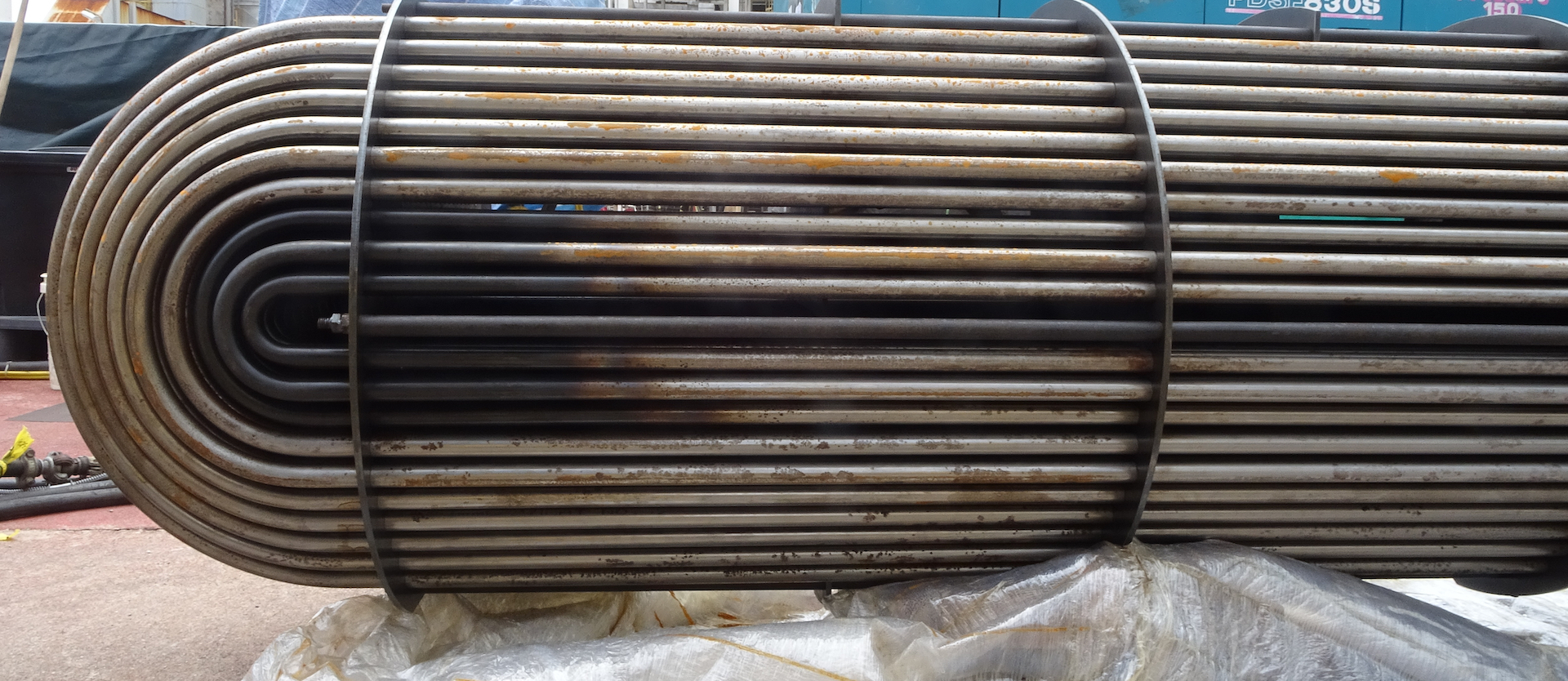Background:
Many times, designing static and rotating equipment starts with a specifications sheet that lists performance expectations and requirements. Frequently, startup or shutdown requirements are not listed. For static equipment, this could be heat-up rates or sequencing of process feeds to the equipment. For rotating equipment, it could be ramping conditions through critical speeds. Many times, during the startup of a plant, opportunities for relatively high transient loadings are present. Let’s target a few examples and pinpoint some design considerations.
Part 1:
The first example is the heat-up rate of thick-walled reactors and heat exchangers. When these components heat up, localized thermal gradients produce stresses. If the firing rate of the equipment is too quick, the thermal gradient induced can cause detrimental stress to the vessel. You might wonder how this can happen if the peak temperature is not reached. Well, the key is to look at the transient heat transfer. The firing rate will be dependent on the process fluid conditions, geometry and materials. Many times, the surface on the “hot side” will heat up fast and the outer surfaces will remain colder due to thermal lag. Because of this, the transient thermal gradient can be higher than the steady state.

Part 2:

Another situation involves the startup of rotating equipment. Many times, a compressor or turbine is “false loaded” to bring the system on line. During these periods, there can be performance issues that can affect the equipment. Dynamic stresses during startup can be higher than normal. For compressors, there can also be transient loads involving the loss of cooling on intercoolers. Sometimes the process fluid changes during startup due to yield achieved. This can also lead to response changes in the equipment. Some polymer equipment has polymer-lubricated bearings, and interactions of heat, speed and differential pressure which effect the bearing performance.
CLOSING:
Most of the startup issues discussed here are not analyzed during the process and detailed design phase of a plant. Historically, many of these situations were too difficult to analyze, and trial-and-error through experience was used to determine startup procedures. This is no longer the case for many applications. Whereas in the past, transient process and mechanical analysis was very rare, it is now conducted on a regular basis thanks to faster computers, better numerical methods and superior economical solution methodologies.
The solution methodology for startup analysis of static equipment might be as follows:
1. Develop a finite element (FE) model of the equipment.
2. Calculate the transient heat transfer film coefficients versus time.
3. Perform a transient heat transfer FE analysis.
4. Perform a transient stress FE analysis.
The solution methodology for simulating intercooler failure for a compressor might be as follows:
1. Set up parameters of compressor performance model.
2. Evaluate the transient heat transfer in the intercooler.
3. Forward-step the compressor performance model in time, simulating the loss of cooling.
Remember, the peak stresses are not always the steady state stresses. New methodologies and tools can tell you what you need to know to operate your equipment safely and reliably. Industry leaders have pioneered and developed state-of-the-art methodologies for evaluating transient events in static and rotating equipment. These methodologies take the mystery out of the event and show you how the “phenomena” is causing the problem. One of the most complex of these projects took place after the failure of the Deepwater Horizon, at which point the well and blowout preventer were modeled in order to better understand what happened in that event.
